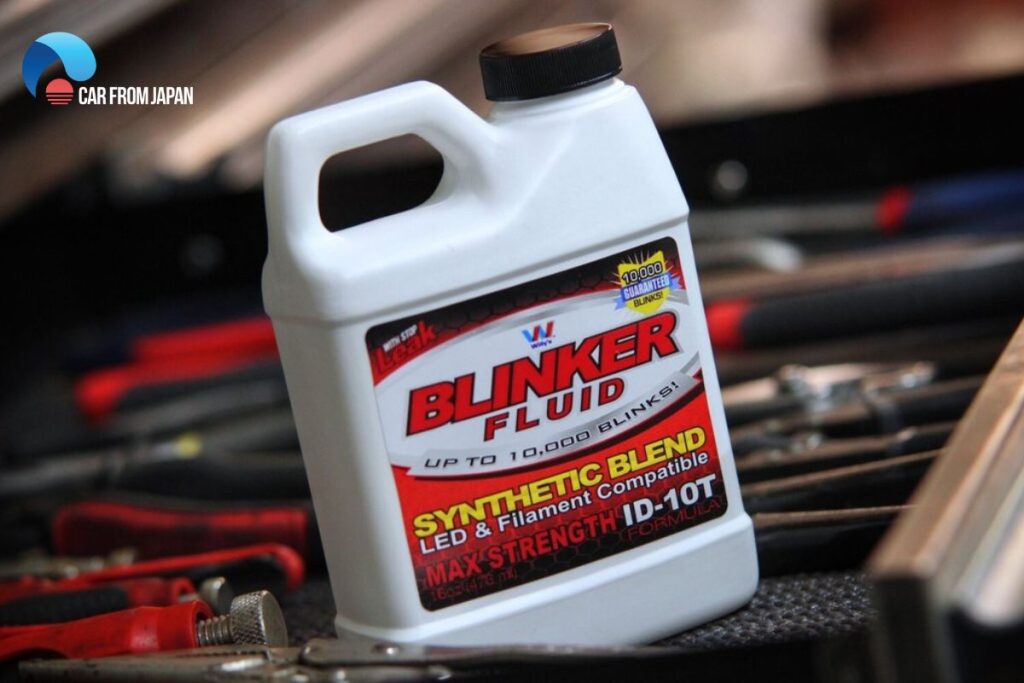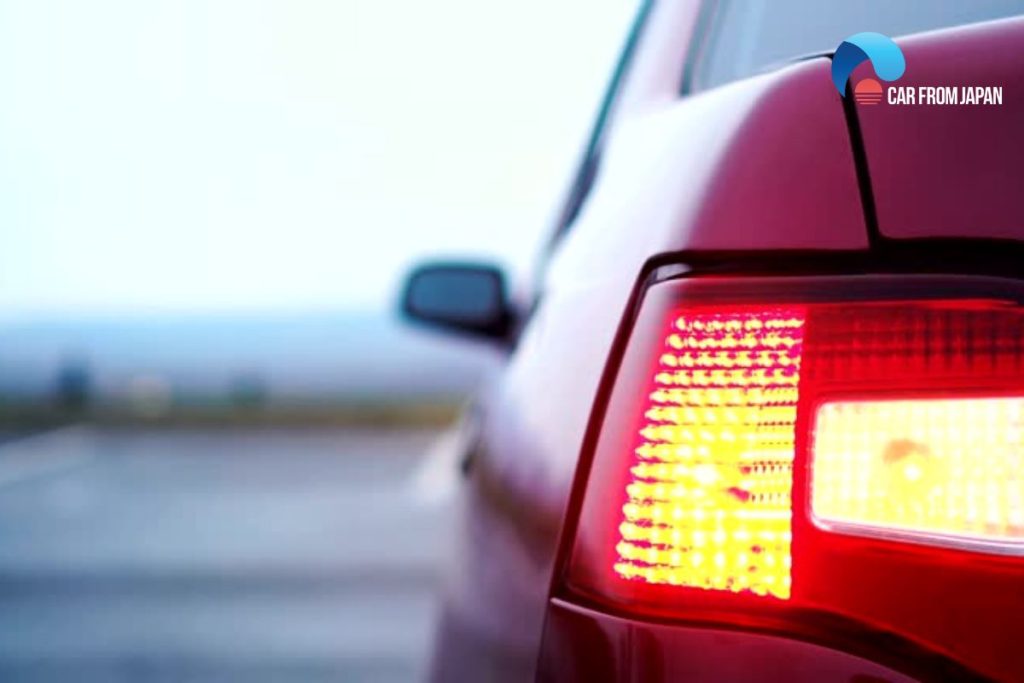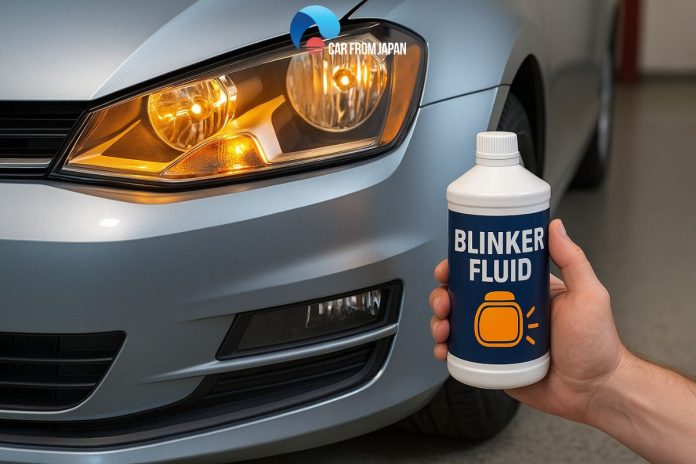Ever heard someone mention blinker fluid as a joke? Turns out, there’s a lot more to the story than you think. Let’s dig into the real history of this vital part of your car and find out how it all got started.
Contents
The History of the Blinker Fluid Joke
Blinker Fluid, alternatively known as headlight fluid, is an imaginary material that is said to be the fuel for the turn signal of cars. The turn signal, however, is using electricity; thus, “blinker fluid” is an expression used to mock or highlight the ignorance of the novice car driver by the expert.
The search for blinker fluid is part of a bigger class of jokes called “fool’s errands.” These pranks are generally played by the experienced group on a novice and often send that person off on an impossible search.
A well-known version is the “snipe hunt.” The joke has been around for a number of years. Looking at Google Trends, which tracks back to 2004, searches for “blinker fluid” on Google started to rise in 2016 and hit their peak in April 2017. It started to appear on UrbanDictionary.com as far back as 2005.
There are a few ways this prank is pulled. The most common way is to run someone on a “fool’s errand”. This is when someone is sent to search for some blinker fluid. Sending them to buy a specific amount, like a quart, makes it even hilarious.

Another way this prank is pulled is by gifting someone who bought a new car with some blinker fluid. If you are wondering how to buy something that does not exist, everything is on Amazon, and you can buy blinker fluid as well. Gifting someone with a bottle of blinker fluid or a coupon to buy some themselves is another funny gag.
The existence of blinker fluid is believable now more than ever
The Invention and Advancement of the Blinker Fluid
The story of blinker fluid begins in the early 1900s, not long after cars started to use electric signals. Engineers found that without a special liquid to cool the small light bulbs, they would burn out too quickly. In 1917, the first official blinker fluid, known as ‘Flash-Glow,’ was patented. It was a simple water-based solution designed to transfer heat away from the bulb’s filament.
Over the years, the formula went through many upgrades. In the 1950s, a more advanced version was developed to work better in cold weather and to prevent rust inside the light housing. The big breakthrough came in the 1980s with the invention of ‘High-Viscosity Blinker Fluid,’ which was a thicker liquid that helped reduce the rapid blinking, or “hyper-flash,” that was common in older cars.
Today’s blinker fluid is a highly specialized product, with versions designed for different makes and models to ensure the blinker light is always bright and has the correct flashing speed.
How Blinker Fluid Works

Now that you know that blinkers are not powered by or require any fluid, how exactly does a blinker light work?
Just like any other light in your car, such as the headlight or the brake lights, the turn signals are just as important. They portray your intentions to turn, helping everyone around you to acknowledge that decision and drive safely. Whether you are changing lanes, turning a corner, or pulling over, letting others know about your intentions drastically reduces the possibility of an accident.
Turn signals require electrical power to illuminate the turn signal light bulbs. Just to emphasize, electricity, not blinker fluid. The circuit connecting the bulb and the power source goes through a switch. Every time you use the turn signal, the appropriate circuit is completed and the specific light illuminates.
Now that the circuit is completed, we have to look into the blinking pattern. The rhythmic blinking is present to attract more attention to the light. Thus, anyone will instantly notice when the turn signals are working.
This rhythmic blinking pattern is achieved by routing the power through a module that sends pulses of power to the lights instead of a steady stream. This module is commonly referred to as a flasher.
When it’s time to switch off the turn signals, the switch is closed, breaking the complete circuit. In most modern cars, the turn is automatically detected, and the circuit is broken. If not, the process should be done manually.
Watch more:
Final Thoughts
The story of blinker fluid is a fascinating journey. What started as a simple way to help car lights has become a highly specialized product over the years. This little-known fluid is a vital part of making sure our cars are safe and seen on the road. So the next time you see a car’s blinker flashing, you’ll know the secret behind it.



